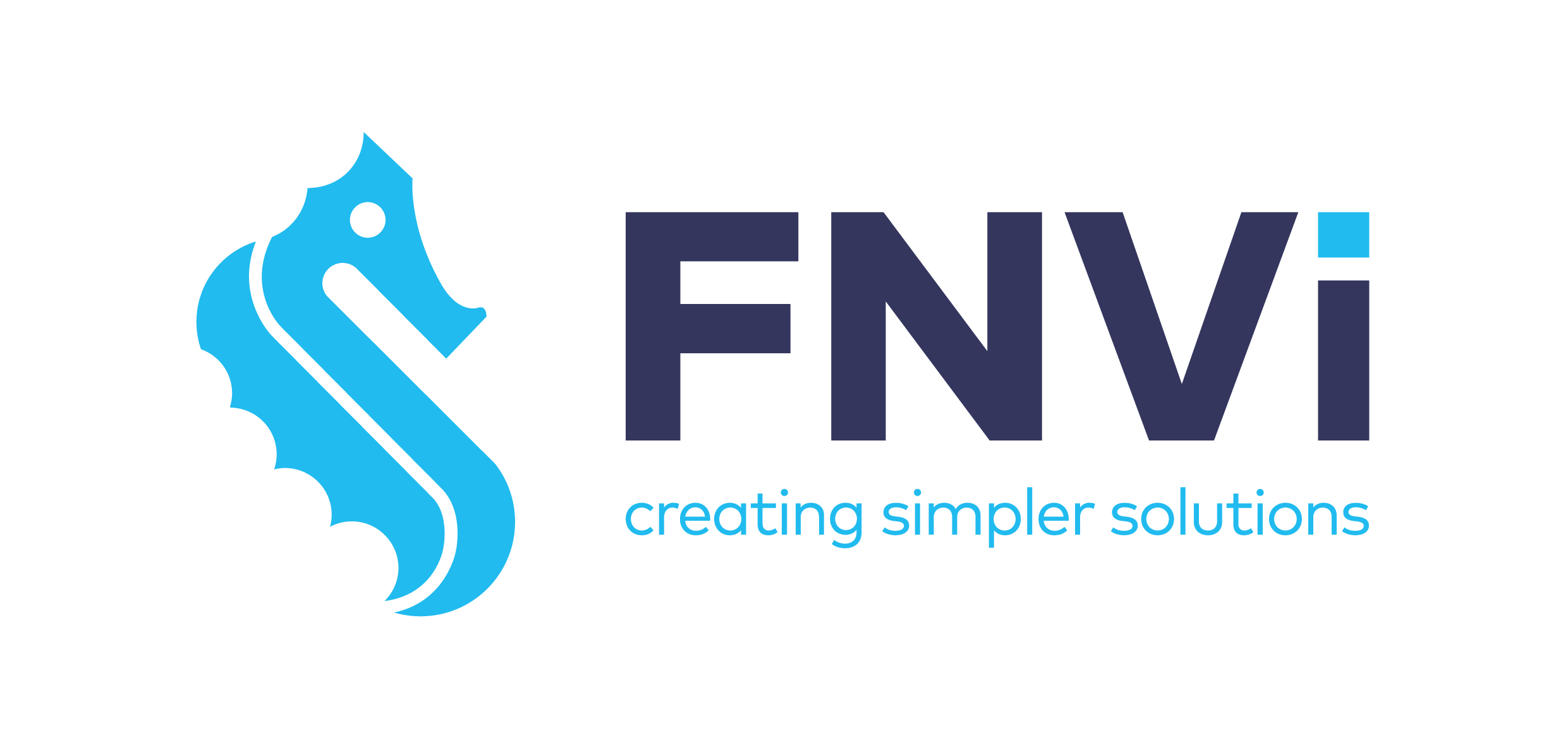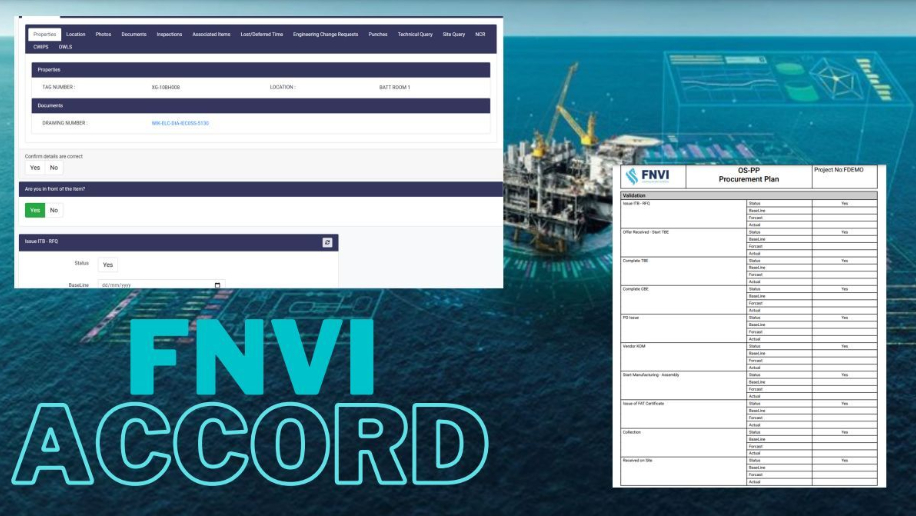Track & Record Your Project Procurement Cycle
The contract procurement process includes the procedures followed by a project or business when purchasing services or products. The procurement process should not be underestimated in terms of importance. Depending upon what is being sourced, there could potentially be a significant impact on the dynamic of the business. If external suppliers/ contractors are being introduced, or a new piece of equipment that will impact a current process or way of working.
The procurement starts when company managers identify a business need that must be fulfilled and ends when the contract is awarded and signed. Responsible stewardship of the business project funds should be maintained whenever products or services are procured.
Many projects succeed or fail based on the performance of their suppliers in combination with the project team. This makes it all the more essential to manage vendors and procurement carefully so that all deliverables meet your needs and expectations.
In the private sector, procurement is viewed as a strategic function working to improve the organisation’s profitability. Procurement is seen as helping to streamline processes, reduce raw material prices and costs, and identifying better sources of supply. In essence, helping to reduce the ‘bottom line’.
In the public sector, the concept of a ‘bottom line’ is less well defined. There are no shareholders’ dividends to be paid out or publicly declared profit (or loss) announcements. However, a need to maximise output while working within a budget is very much necessary. These funds can come, substantially, from public funding in the form of grants, for example. Therefore, this places a huge emphasis on the ability of company to show that the funds provided are managed in a manner that is accountable, displaying both increased efficiency and value for money.
Higher levels of expenditure require absoloute transparency. It is vital a business can display a high level of integrity in the procurement process to give confidence to its stakeholders.
Key facts when selecting to deploy best-in-class supply chain risk mitigation practices that can adapt and/or implement some of the practical measures listed below:
- Understand the critical supply chain of major spend categories.
- Undertake critical and non-critical supply chain bottlenecking assessment.
- Build custom-fit procurement processes
- Manage risks across the entire spending portfolio
- Proactively manage the supply base
- Institutionalise the capabilities required for supporting procurement and supply chain activities.
At FNVi we are always more than happy to enter into this process and be judged on our merits. Request a demonstration today and let us show you how we can help your business.


Leave A Comment